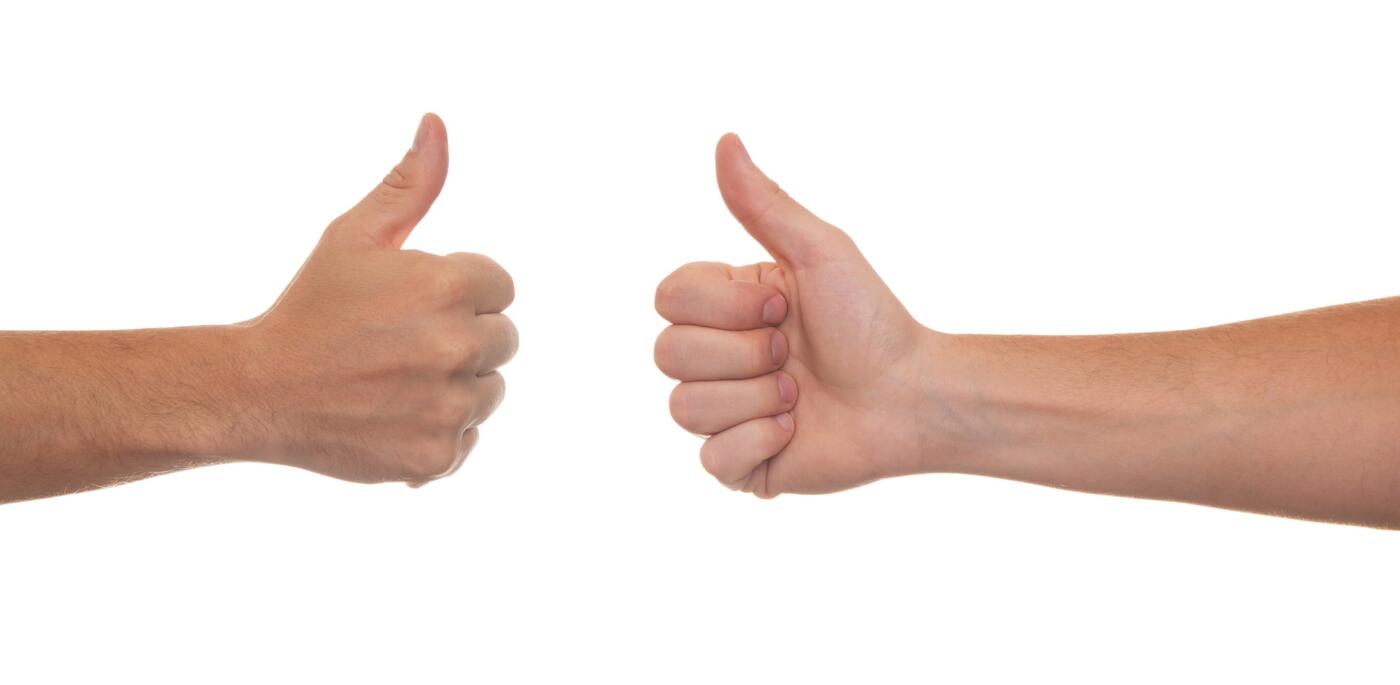If things are not going well at work, many people try to go the extra mile. They work harder to meet expectations. They get stressed and start doubting themselves. Knocking on their boss’s door asking for help is often avoided, unless the employer has shown a constant commitment to the well-being of the employee. CLS Services, a specialist in recruitment and secondment in the life sciences and chemistry, wants to be such an employer. ‘Prevention is better than a cure’, says director Jan Paul Favier.
‘People can suffer burnout in their career and that really never comes out of the blue. It most likely means you started coaching and guidance far too late’, explains Favier. ‘At CLS we want to know at an early stage what people are struggling with. At work, but also at home. Then a coaching question could arise from the employee or manager, but sometimes it is only a gut feeling.’ In both cases Favier contacts Marleen Timmermann, one of their external coaches with whom they have been working for at least four years.
After several years working in Human Resource Management, Timmermann decided to be trained in coaching according to the Co-Active Coaching method. ‘I always preferred a more coaching way of working. I am convinced that people already have all the answers and that if you ask the right questions, they will come up with solutions themselves. I am not going to advise them on what to do.’ In the eighteen months course and six month of supervised coaching, she learned the right skills and tools to work as a certified coach. This allows her to coach with all types of questions, but the vast majority of questions are strongly work-related. Only if major issues from the past play a role, does she refer to a psychologist.
Holding up a mirror
At the start of a coaching process, Timmermann and the employee try to address the issue he or she encounters. ‘Sometimes it is about self-confidence and communication and in other cases, the question is about career development.’ In approximately four to ten sessions, she makes the employee think about the coaching question in different ways. Timmermann: ‘The real thinking process mainly takes place between sessions. I give assignments to get the thought process started. These assignments range from writing about yourself from a future perspective to expanding your professional network. During the sessions, we discuss the new insights and I ask challenging questions. Sometimes I literally hold up a mirror to find out how someone sees themselves. That is a bit uncomfortable for most, but it works.’ In one of the sessions the employee can choose what to do, such as visiting a museum, taking a walk or photographing. ‘That always leads to very valuable conversations, because you are in a different setting.’
A coaching process usually involves self-understanding and development and sometimes even ends with a major change. A scientist at a large company realized during the coaching process with Timmermann that she had attended laboratory education because it was in line with her family’s expectations. ‘After a few sessions, she had started a jewelry design course and built a studio in her garden. She was so happy with her career switch. The original coaching question was about communication with her manager, but already in the first session, she discovered what she really struggled with.’
Sustainable employability
Timmermann realizes that a career switch could be an unpleasant surprise for the company, but managers are usually understanding. ‘It is better for both the employee and the employer. CLS is also convinced of this. As a secondment, CLS knows that it is of little use to employ someone for work that actually does not suit him or her well.’ For Jan Paul Favier, coaching is an act of being a good employer. ‘At CLS, all our employees are offered coaching as soon as a coaching question arises. The triangle manager, candidate and CLS is important in this. Together we can identify problems at an early stage and work on sustainable employment.’
More articles on BCF Career
